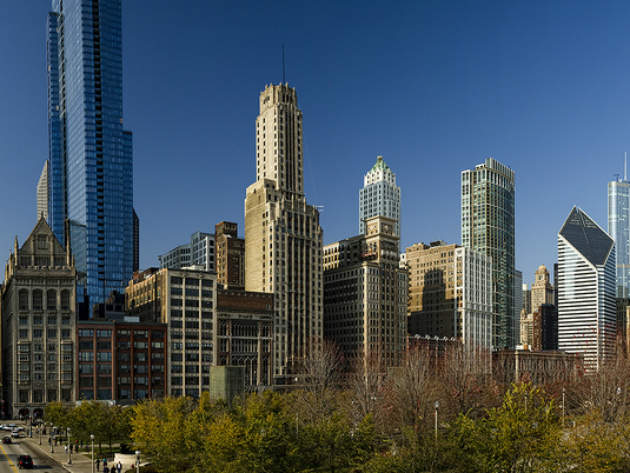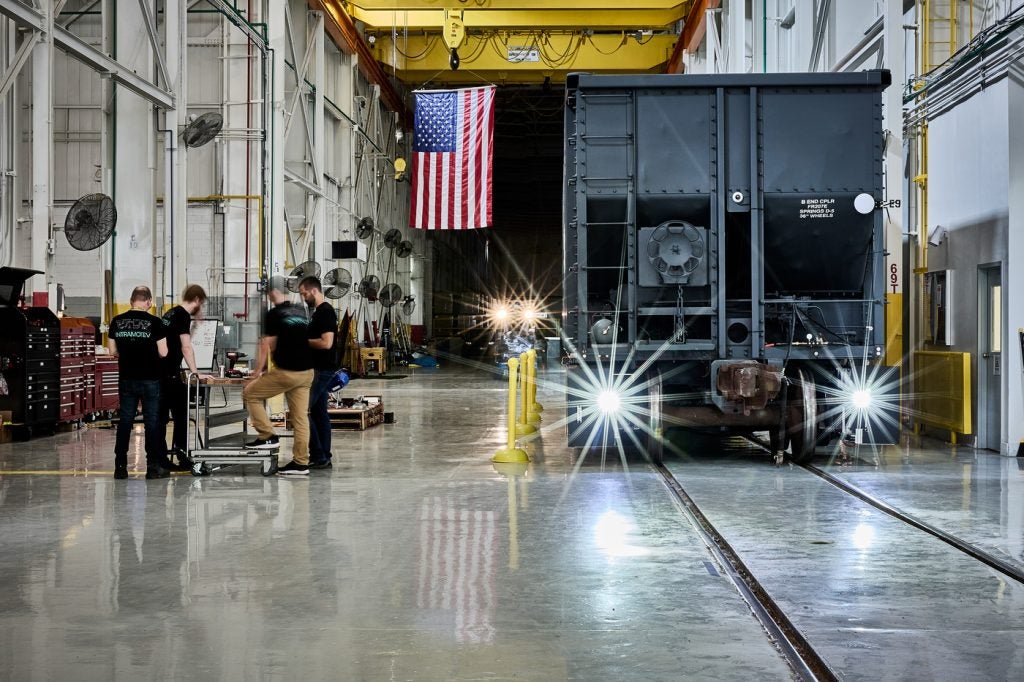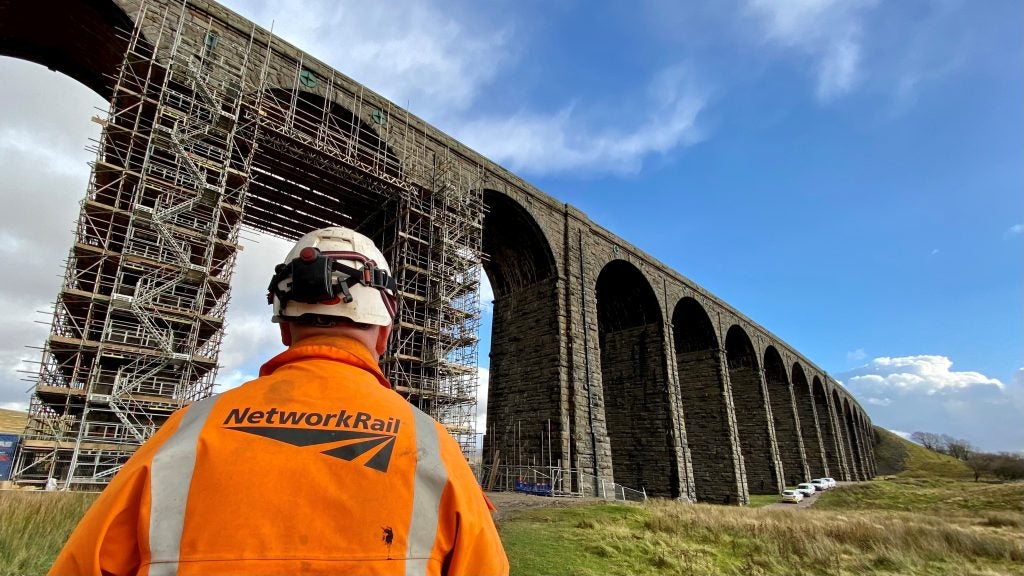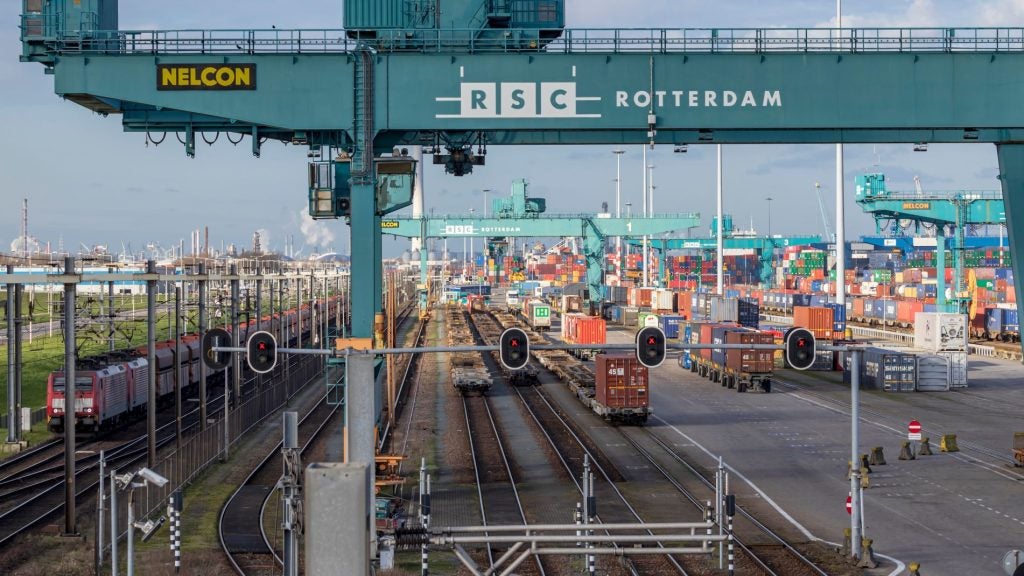
As North America’s single largest rail hub, Chicago handles roughly 25% of nationwide rail traffic between the country’s east and west coasts, as well as to the southern US and Canada. Approximately 500 freight trains operate in the Chicago area every day, carrying a third of all American rail freight traffic.
But the network has been long blighted with severe bottlenecks, with trains sometimes taking days to get through the city, which earned it the unfortunate moniker of ‘America’s rail traffic speed bump’.
After the gridlock reached critical levels in winter 2014, passenger rail corporation Amtrak put together a blue ribbon panel of rail and transportation leaders, which estimated that the city’s congestion problem could be costing the US economy up to $799bn every year.
In April, an independent group of investors known as the Great Lakes Basin Transportation (GLBT) put forward a proposal to build an entirely new, 261 mile railway that would circumvent Chicago, avoiding the endemic rail traffic delays and congestion in the city.
The project, to be financed from private sources, was initially estimated to cost approximately $8bn, but this was later revised to just $2.8bn in its latest application. It promises to create new capacity permitting up to 110 trains a day to bypass the existing Chicago terminal.
But state representatives in northern Illinois took issue with the company’s proposal to slash through miles of farmland in the county, while some Class I railroads also distanced themselves from the proposed line.
How well do you really know your competitors?
Access the most comprehensive Company Profiles on the market, powered by GlobalData. Save hours of research. Gain competitive edge.

Thank you!
Your download email will arrive shortly
Not ready to buy yet? Download a free sample
We are confident about the unique quality of our Company Profiles. However, we want you to make the most beneficial decision for your business, so we offer a free sample that you can download by submitting the below form
By GlobalData“An audacious and challenging project”
GLBT formally submitted its application on 1 May, proposing to build and operate the new railroad at a distance of 38 to 89 miles from downtown Chicago, passing through mainly rural and agricultural areas of Wisconsin, Illinois and Indiana.
The network will be completely grade separated from major intersecting rail lines and highways, and would have up to 26 points of interchange with each major rail line operated by the six Class l railroads serving Chicago and six regional railroads.
The application cites benefits such as reducing the time trains take to pass through the Chicago area, from the current 30 hours to just eight hours or less, improved equipment productivity, lower inventory costs for shippers and diminished air pollution from idling locomotives. The bypass would provide the extra capacity needed to support a projected 80% to 90% growth in rail traffic volumes before 2040, GLBT said.
Construction would take place over three years, with complete service on the line beginning within 36 months after final approval from the Surface Transportation Board (STB). Trains would then operate 24 hours a day, 365 days a year to “meet customer service specifications”, according to GLBT.
Chicago’s rail troubles are currently being addressed via the CREATE programme, a partnership between the US Department of Transportation, the state of Illinois, city of Chicago, Metra, Amtrak and the nation’s freight railroads, which aims to invest $31.5bn in critical improvements across and around the rail network.
Environmental concerns slow progress
The ambitious initiative has encountered some serious opposition, mainly from state representatives in northern Illinois, who in June backed a resolution opposing GBLT’s plan.
The resolution maintains that the railway would cause losses of $70m and $90m per year in agricultural revenue to Grundy County and Kankakee County respectively, as well as “improperly damage the rights of property owners who rightfully own the land in its path”.
“While the stated goal of reducing rail congestion in Chicago is laudable, bottleneck reduction should not come at the expense of reduction in crop production,” wrote Robin Kelly, US Democrat representing Illinois’ second Congressional District.
Similarly, the plan didn’t have much success with two of the six Class I railroads that GLBT hoped to get on board: in letters to the STB, Norfolk Southern and Union Pacific said they were “not inclined” to use the line.
UPS, on the other hand, expressed its “strong interest” in the proposal in a letter to STB, saying “Any effort to build new rail capacity and bypass the notorious Chicago rail bottleneck would have a material positive impact on the fluidity and velocity of the freight rail network, and a direct benefit to UPS and our customers.”
In its application, GLBT recognises the concerns of some landowners whose parcels of farmland would be affected by the preferred route of the line.
“GLBT will work with all landowners to establish private crossings or alternative access to divided parcels,” the application reads, continuing, “Our goal is to be excellent neighbours, good stewards of our land and the land around us, and safe operators.”
A month after its official application, federal rail regulators asked for more information on the viability and benefits of the line, to be submitted by 22 June.
STB recently requested an updated list of counties and cities to be served under the proposal, saying that the list appears to omit the benefits and impacts on La Porte County, which would be served by the line.
Additionally, the board rejected GLBT’s request to keep its ten stakeholders confidential, saying that the organisation “provides no justification for why the information it seeks to protect — specifically, the shareholders’ names and the percentages of GLBT stock held — is ‘highly confidential’ or even ‘confidential’”.
It remains to be seen whether the transportation board will deem the project to be of ‘public convenience and necessity’, and give GLBT the green light. But, regardless of whether this bold proposal moves forward, the reality is that Chicago will need to find a way to free itself from a rail gridlock brought about by decades of underinvestment in key infrastructure.







